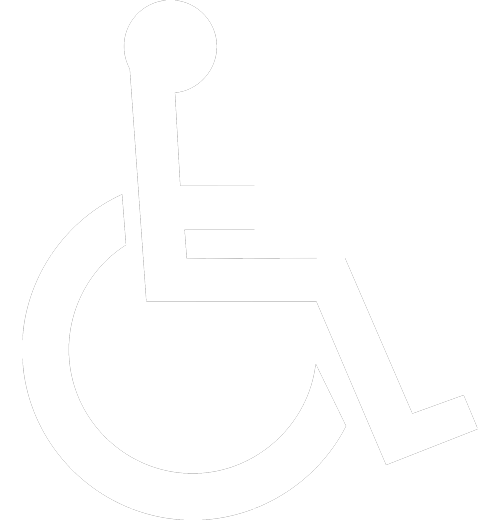Training for Your First Triathlon
When you hear the word “triathlon,” what do you think of? Do you think of those people who do the Ironman in Hawaii each year – swimming 2.4 miles, biking 112 miles, and then running 26.2 miles? That is certainly a triathlon. In fact, it’s often considered to be the ultimate when it comes to triathlons. But there are others that are not so long that you can participate in should you choose.
Triathlons come in several distances ranging from super sprints to full Ironmans – with several distances in between. And with some planning and training, you can call yourself a triathlete.

- Pick Your Race: Start by picking a race. You want to find one that offers a distance you think you can handle and will give you ample time to train. Additionally, you may look for a race that’s considered “beginner-friendly.” Lots of races have reviews – so look for them when trying to pick your first race.
- Get Your Gear: Triathlon can be as inexpensive or expensive as you make it – depending on the gear you use. For your first triathlon, which will most likely be a super sprint or sprint distance, the basics will suit you just fine. You’ll need a swimsuit and goggles for the swim portion. For the bike portion, you can put shorts on over your swimsuit, put on some sneakers and a bike helmet, and jump on a bike that you’re comfortable riding. And for the run, you have your sneakers already, so you’re all set!
- Of course, if you decide that triathlon is something you wish to continue with, the cost of gear can dramatically increase. Triathlon clothing, wetsuits, and higher-end bikes can cost significantly more. But wait and make sure you love the sport before investing.
- Establish a Training Plan: Now it’s time to start training. A simple search on the internet will point you in the direction of many training plans. Find one that matches your race distance and works with the time you have available to train.
- Maintain Some Flexibility: And, while training plans are great, they’re just that – a plan. You want to be flexible with your training. Allow for modifications as needed.
- Find Your Weaknesses: Because you will be completing three sports for a triathlon, you may find that one of them is your weakness. Be sure to identify this weakness right away so you can give it some extra attention. For example, if you’re a nervous swimmer, you may want to spend more time in the pool so that you can improve your skills and reduce your swim anxiety.
- Get in the Open Water: When it comes to triathlons, most swims are done in open water – a lake or the ocean – and this can make even the best of swimmers nervous. If you’ve never done an open water swim, head someplace with a lifeguard and practice. This will increase your comfort level.
- Additionally, because triathlons often involve a “mass start” where numerous (or even all) of the triathletes start the swim at the same time, you need to be prepared to get kicked or hit from other competitors.
- Do Some “Bricks”: The term “bricks” comes from the heavy feeling in your legs when you transition from the bike to the run – they feel like “bricks.” A “brick workout” is one when you bike and then run to get used to that feeling in your legs. Do a few of these before race day, so you know what to expect.
- Eat a Balanced Diet: Proper nutrition is important while training. Maintain a well-balanced diet so that you are properly fueled.
- Stay Positive: Most importantly, stay positive during training and during your race. A good attitude can go a long way in helping you complete your triathlon.
If you’ve seen a triathlon and thought to yourself, “I wonder if I can do that,” – know that you can. Start with a shorter distance and follow these tips. Becoming a triathlete is definitely a doable goal!








